Knowledge about the composition of fabrics:
Because there are so many types of fabrics, there are also many classifications for each type. For example, the same fabric may have different effects depending on the number of counts, the arrangement of yarns, or the spinning process. Therefore, I am going to give a brief introduction to the composition of various fabrics.
┃If the fabric is woven from fibers, Then the fiber contains the following main components:
I.Natural fibers:
1,Plant fiber: ① Seed fiber: cotton, kapok; ② Bast fiber: flax, ramie, hemp, apocynum venetum, sisal.③ Leaf fiber: agave, pineapple;④ Stem fiber: rice, wheat, barley, bamboo;
2, Animal fiber: ① animal hair:sheep’s wool, cashmere, mohair, rabbit hair, camel hair,yak hair, alpaca hair, vicuna hair; ② glandular secretion: mulberry silk, tussur silk;
3,Mineral fiber: Asbestos.
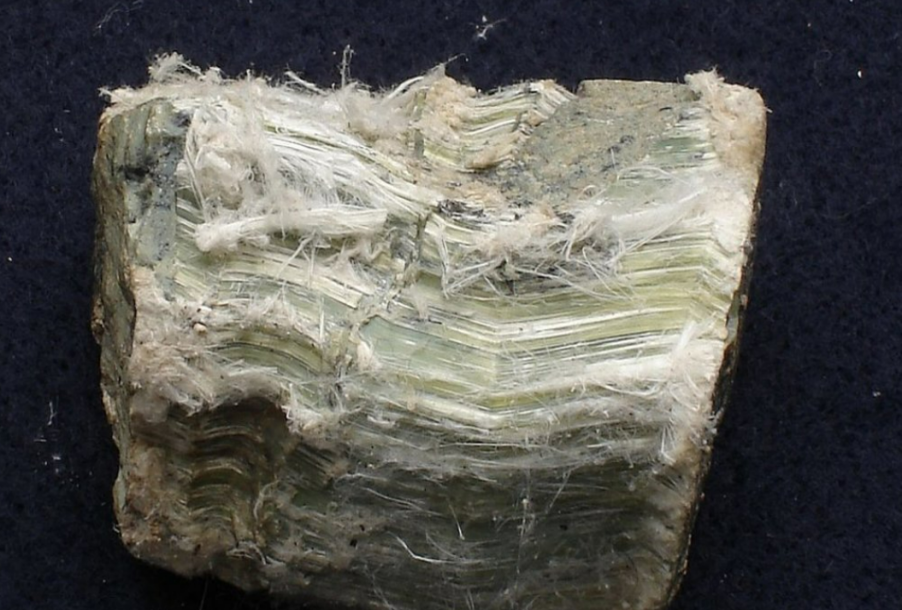
II.Chemical fibers: Man-made and synthetic fibers
1, Man-made fibers (regenerative fiber): The nature of the cellulose in the plant is dissolved and then spun out of the fiber.
Classification of man-made fibers:①Recycled cellulose fibers: viscose, cuprammonium, acetate;② Regenerating protein fibers: casein, peanuts, soybeans;③ Inorganic fibers: glass, metal fibers.
2, Synthetic fibers: coal, oil, some agricultural by-products and other natural low molecular compounds as raw materials, made of monomers, after chemical polymerization or polycondensation into polymers, and then made of textile fibers.Such as polyester fibers , polyamide fibers , polyacrylonitrile fibers (acrylic), polypropylene fibers, polyurethane fibers (spandex), polyvinyl alcohol fibers (vinylon), polyvinyl chloride fibers (polychlorinated fibers), other fibers (aramid).
┃The next step is to talk specifically about the pros and cons of each fabric:
Cotton
- Characterization:
①Advantages: good moisture absorption, soft handfeel, hygienic and comfortable to wear, wet strength is greater than dry strength, but overall firm and durable; good dyeing performance, soft luster, natural beauty.
②Disadvantages: poor elasticity, poor wrinkle resistance, large shrinkage rate.
- Classification:
①Mercerized cotton: high-temperature alkali treatment can be made of mercerized cotton. With silk general bright luster, high grade color fastness and good feel, with cotton’s breathable softness and moisture absorption, but also has the characteristics of silk general smooth and bright.
②Combed cotton: combing machine to remove the shorter fibers in the cotton fiber (about 1CM below), leaving the longer and neat fibers. Combed cotton cotton cloth dense, soft, solid.
③Long-staple cotton: moisture absorption and perspiration is remarkable, protection near the skin, good coloring, good strength, good stretch, soft touch, soft luster, rustic, good warmth.
These above cotton uses are also different, for example, socks can not have 100% cotton, making socks must add chemical fibers to ensure elasticity. For example, socks with a very high cotton content absorb moisture quickly, but the ability to perspire is average. Combed cotton socks will absorb moisture and breathe better. Another example is the underwear fall, cotton, sweat absorption, and winter warmth, but summer wear close uncomfortable shows heat. But cotton underwear is antibacterial good.
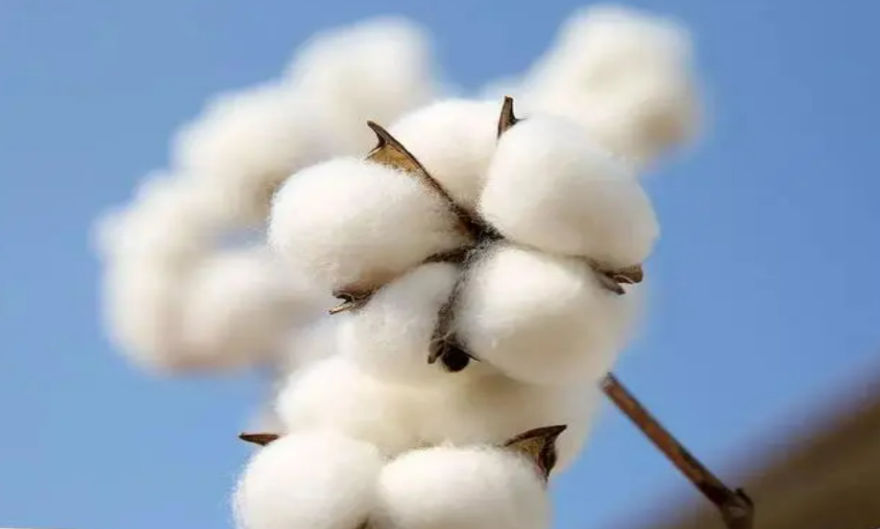
Linen
- Advantages: breathable, with a unique sense of coolness, heat conduction, rapid heat dissipation, sweating does not stick to the body, good moisture absorption, moisture release is also fast, not easy to produce static electricity.
- Disadvantages: feel rough, easy to wrinkle, poor drape; hemp fiber steel hard, poor holding power.
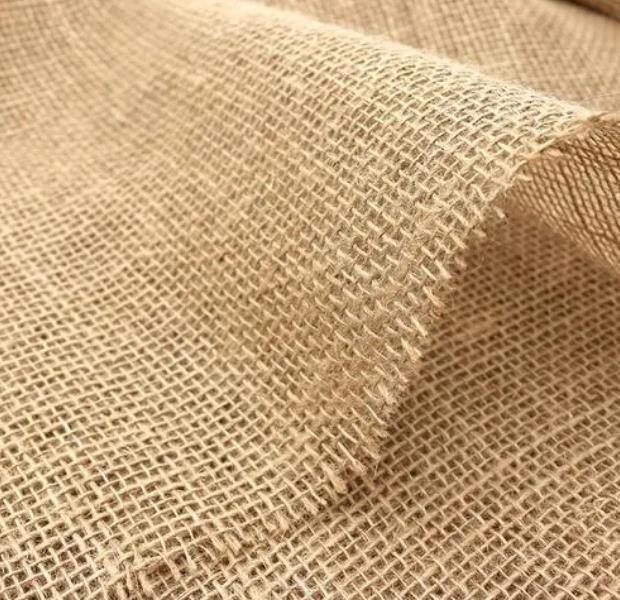
Wool
- Characterization:
①Advantages: soft and natural luster, soft handfeel, more elastic than cotton, hemp, silk and other natural fibers, good crease resistance, good crease molding and conformity after ironing; good warmth, better sweat absorption and breathability, comfortable to wear.It can be woven into medium and high-grade garment for all seasons.
②Disadvantages: Loss of hair, expensive.
- Classification:
①Cashmere: light texture, and very warm, belongs to a unique and rare animal fibers, in foreign countries have “fiber diamonds”, “soft gold”, with soft, thin, slippery,elasticity and other characteristics and have a natural soft color and moisture absorption and good abrasion resistance. Good, good abrasion resistance.
② Rabbit hair: small specific gravity, good warmth, elasticity, with strong moisture absorption, soft, warmth, beauty and other characteristics, poor holding power, low strength, easy to fall hair.
③Mohair: high strength, high elasticity recovery rate, strong wrinkle resistance, good wear resistance and moisture absorption, strong stain resistance, good dyeing, not shrinkage is not easy to felt shrinkage.
④ Camel plush: lighter color, weak luster, smooth and soft handfeel, good elasticity and strength, good warmth, good abrasion resistance.

Silk
- Characteristics:
①Advantages: smooth and soft hand, warm in winter and cool in summer, comfortable to wear, glossy, friction with a unique “sense of silk”, elegant and luxurious, good extensibility, good heat resistance.
② Disadvantages: poor light resistance, poor wrinkle resistance, not strong enough, fading fast, more stable to inorganic acids, sensitive to alkali reaction, not resistant to salt water immersion, should not be treated with chlorine bleach or detergent.
- Classification:
①Spun silk: recognized around the world as a noble natural fiber, is a high-level textile raw materials, with high strength and elasticity, fine and soft fibers, smooth and elastic, good moisture absorption, the fabric has a glossy, unique “silk” feeling, wear to the body smooth, comfortable, elegant and noble.
②Real silk: bright, noble, a certain amount of silk content, can make the product feel smoother, denser organization, glossy, comfortable, elegant, flashy, good elasticity and strength, good moisture absorption, wearing breathable, comfortable.
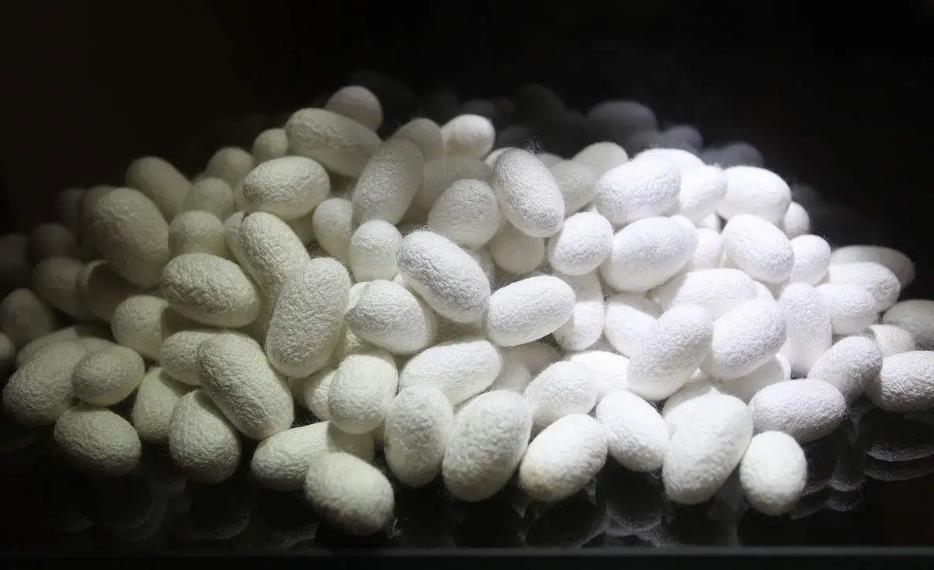
Recycled fibers
①Viscose fiber (rayon) to wood, cotton fluff, reeds and other natural cellulose-containing materials as raw materials, plant cellulose alkalized into alkali cellulose, and then with carbon disulfide to generate cellulose xanthate, dissolved in dilute alkali to get a viscous solution known as viscose, viscose wet spinning and a series of treatment processes into viscose fiber. With the basic properties of natural fibers, good dyeing performance, good fastness, soft fabrics, specific weight, good drape, good moisture absorption, wearing cool, not easy to produce static electricity, hair and pilling. Viscose fiber has a good moisture absorption, in general atmospheric conditions, moisture return rate of about 13%. Significant expansion after moisture absorption, the diameter increases up to 50%, so the fabric feels hard after water, shrinkage rate is large. Now more and more underwear fabrics using viscose fiber to do, breathable in summer, smooth and cool.
②Acetate fiber is chemically processed from natural materials containing cellulose. It has the style of silk, light and comfortable to wear, has good elasticity and elastic recovery performance, should not be washed, poor color fastness.
③Bamboo fiber in the fiber purification process with high-tech technology to protect the natural antibacterial, antimicrobial, deodorant and anti-ultraviolet substances, has a strong breathable, fabric drape, silk smooth, brightly dyed, antibacterial, deodorant, anti-ultraviolet, repeated washing and sunshine does not lose these features.
Polyester
- Characterization:
①Advantages: excellent elasticity and responsiveness, elasticity is 2-3 times that of nylon; stiffness, no wrinkle, good shape retention, good dimensional stability; high strength, strong and durable, durable, second only to nylon; light resistance, sun resistance is excellent, second only to acrylic; easy to wash and quick drying, corrosion resistance, a variety of detergents washing method, heat resistance is the best of synthetic fibers.
②Disadvantages: poor water absorption, poor dust absorption, stuffy and breathable in summer, poor warmth in winter, wearing uncomfortable; friction parts will be flooded with light, insulation, easy to generate static electricity; poor dyeing performance, but good fastness, not easy to fade.
Polyester comes in these three main synthetic fibers: PET fibers , PBT fibers and PTT fibers.
PET fiber: Because of its raw materials are easy to obtain, excellent performance, the development so far in one fell swoop to become the largest production of chemical fibers, the most widely used fibers, it is precisely for this reason, people wrongly accustomed to think of polyester fibers is PET fiber, PET fiber in the three synthetic fibers in the process of one of the most simple, relatively inexpensive, such as PET fibers made of imitation silk fabric, imitation woolen fabrics, Imitation of linen fabrics, imitation cotton fabrics, etc..
PTT fiber: both PET and nylon characteristics, both easy to wash and fast drying, good elastic recovery, but also has a better abrasion resistance and tensile recovery, more suitable for the production of composite fibers, elastic fabrics, carpets and other materials.
PBT fiber: In addition to the advantages of PET, it also has better dyeing performance, and has become one of the differentiated fibers with development prospects in the field of synthetic fibers. In addition, it also has better aging resistance, chemical reaction resistance, and heat resistance, which makes it widely used in the fields of engineering plastics, home appliance shells, and so on.
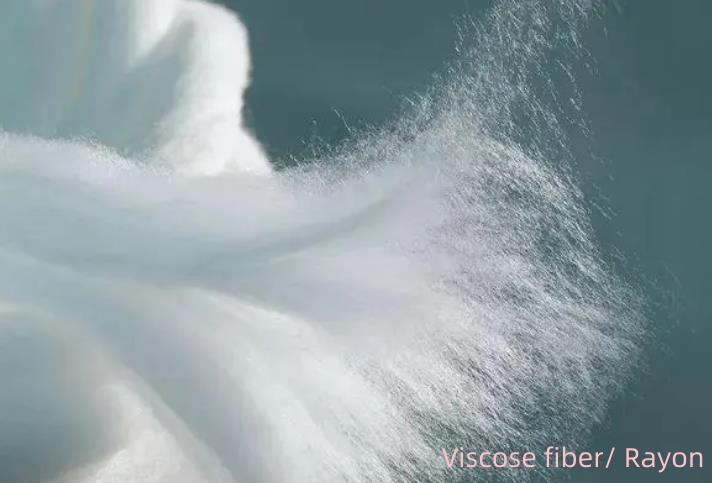
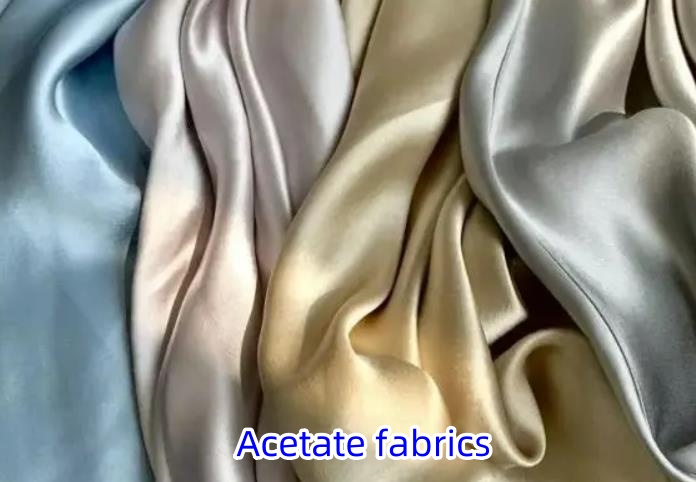
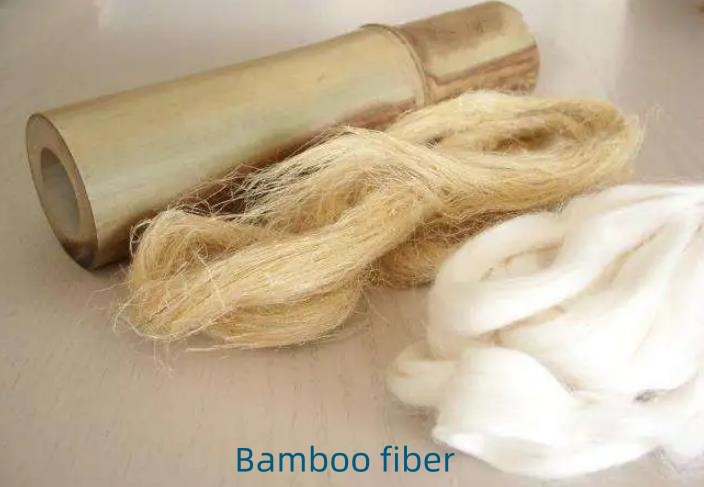
Nylon
- Advantages: high strength, highest abrasion resistance, good dyeing, light to wear, good waterproof and windproof performance, good elasticity.
- Disadvantages: not resistant to sunlight, easy to aging.
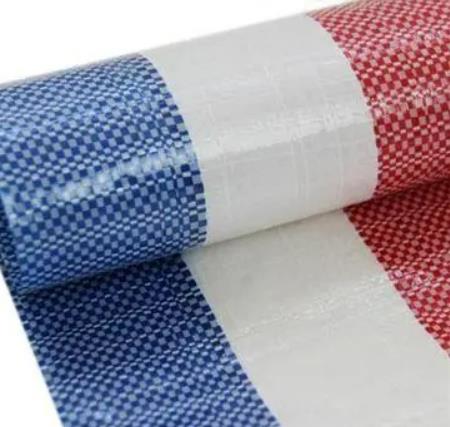
Spandex (Lycra)
- Advantages: the best elasticity, known as elastic fiber. Smooth feel, good weather and chemical resistance, machine washable.
- Disadvantages: small moisture absorption, poor heat resistance, low temperature steam ironing.
Acrylic (polyacrylonitrile fiber)
- Advantages: commonly known as “artificial wool”, has a soft, warm, strong, good characteristics, flat surface, tight structure, not easy to deformation, shrinkage after washing is very small.
- Disadvantages: poor moisture absorption, easy to pilling.